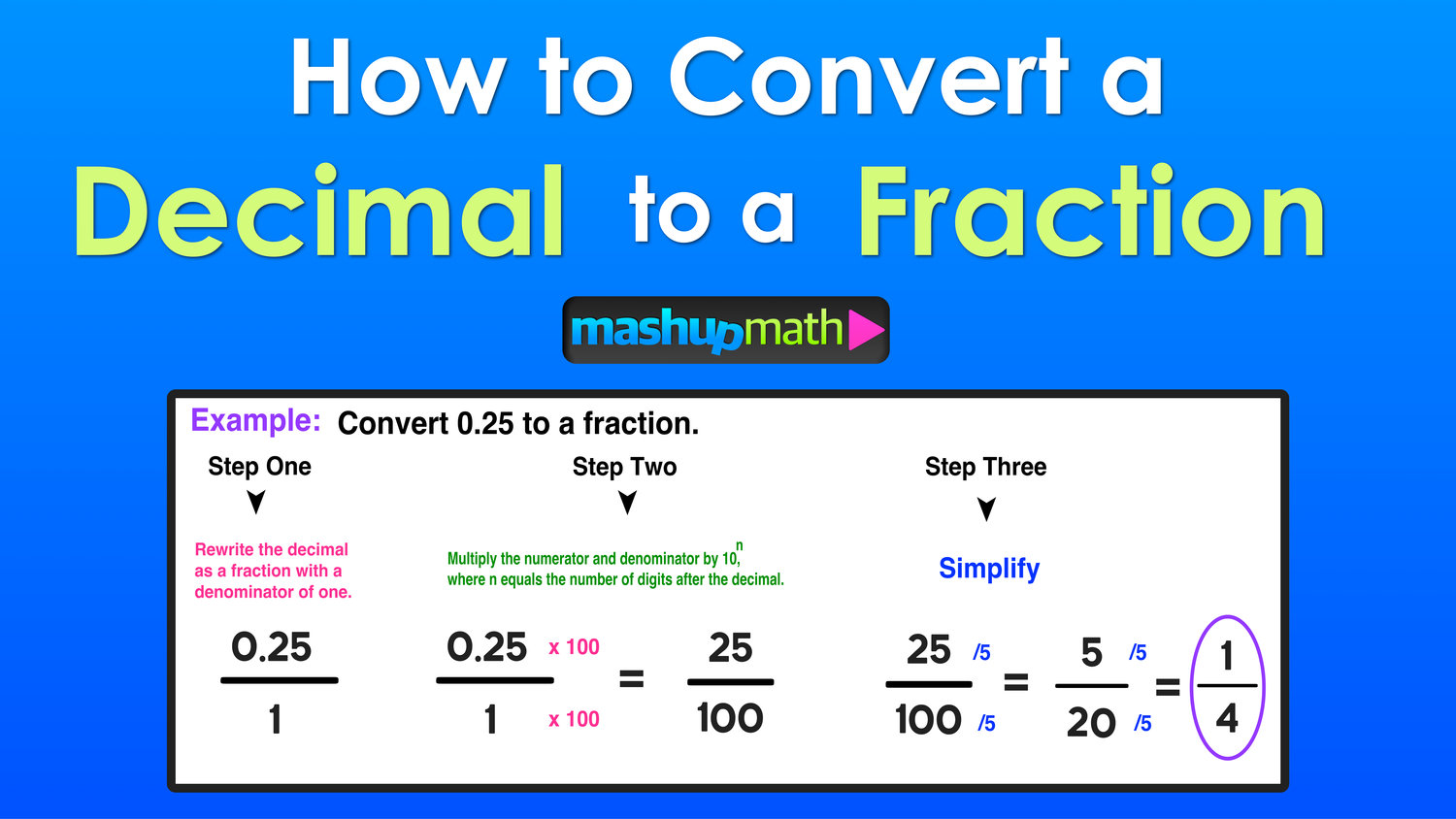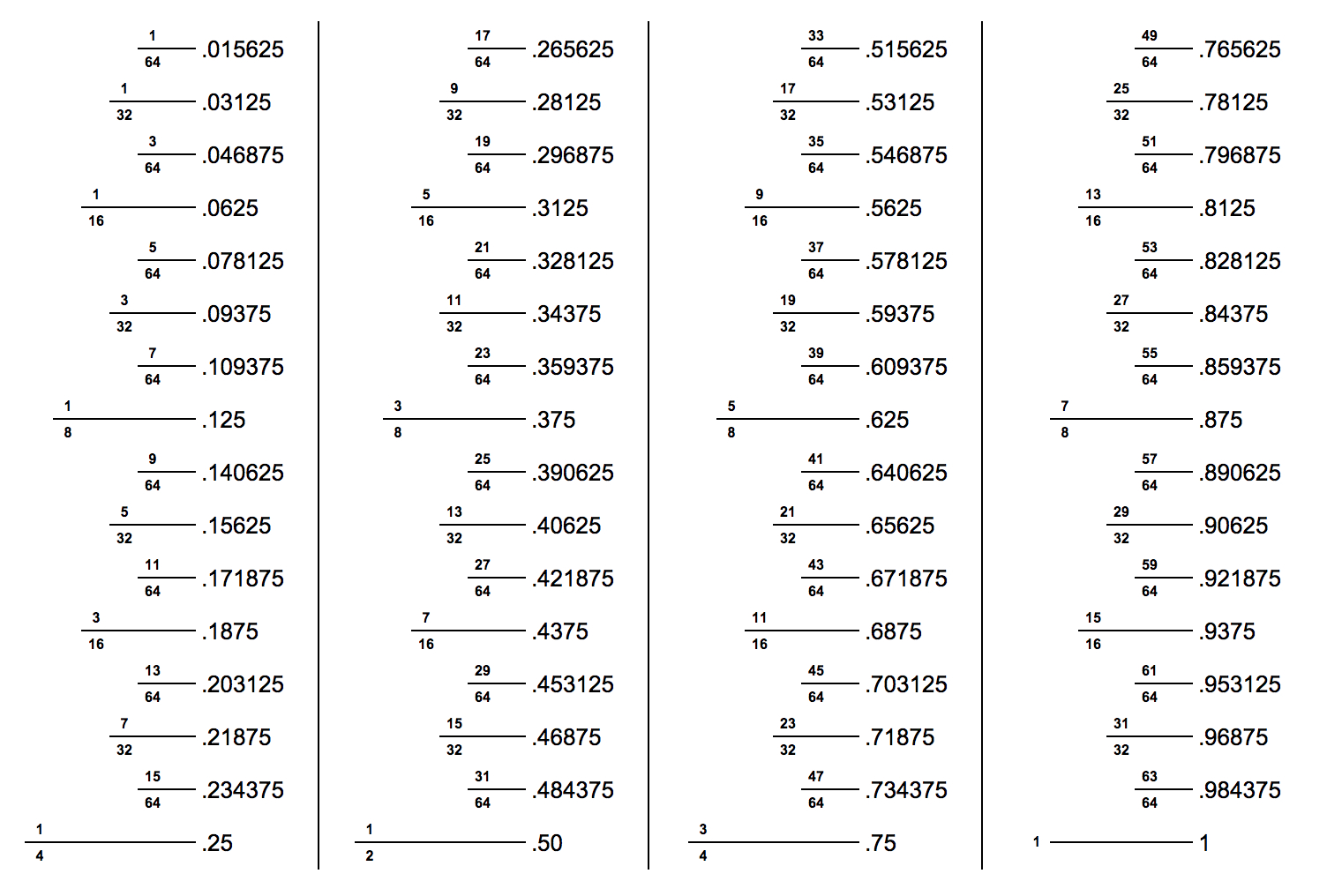7 In Decimal Form
7 In Decimal Form - 10 inches to decimal = 25.4 decimal. 15 inches to decimal = 38.1 decimal. Percent or % mean per 100 or out of 100. So, to convert from percent to decimal, simply divide by 100 and remove the '%' sign. You can reduce the fraction to lowest terms first to make the long division math a bit easier. Web method #1 expand the denominator to be a power of 10. 5 inches to decimal = 12.7 decimal. 1 inches to decimal = 2.54 decimal. Example #2 3 4 is expanded to 75 100 by multiplying the numerator by 25 and the denominator by 25: Web complete the division to convert the fraction to a decimal.
Web the scientific notation to decimal converter is used to convert a number from scientific notation into ordinary decimal notation. To use the scientific notation calculator, simply input the numbers in scientific. 10 inches to decimal = 25.4 decimal. Web method #1 expand the denominator to be a power of 10. Web complete the division to convert the fraction to a decimal. 30 inches to decimal = 76.2 decimal. Using long division to solve this problem by hand or in your head, reducing 9/12 = 3/4, might make the problem easier. 1 inches to decimal = 2.54 decimal. 1% = 1 / 100 = 0.01 5% = 5/100 = 0.05 10% = 10/100 = 0.1 35% = 35/100 = 0.35 50% = 50/100 = 0.5 100% = 100/100 = 1 230% = 230/100 = 2.3 percent to decimal conversion table decimal to percent conversion see also Algebra 2 answers smendyka jun 25, 2017 see a solution process below:
As such, we can apply to them the same rules we use when simplifying regular fractions. 1 inches to decimal = 2.54 decimal. A percent means a fraction out of 100 20 inches to decimal = 50.8 decimal. Algebra 2 answers smendyka jun 25, 2017 see a solution process below: Example #1 3 5 is expanded to 6 10 by multiplying the numerator by 2 and the denominator by 2: Percent or % mean per 100 or out of 100. Web the scientific notation to decimal converter is used to convert a number from scientific notation into ordinary decimal notation. For example, 9/12 = 9 ÷ 12 = 0.75. 1% = 1 / 100 = 0.01 5% = 5/100 = 0.05 10% = 10/100 = 0.1 35% = 35/100 = 0.35 50% = 50/100 = 0.5 100% = 100/100 = 1 230% = 230/100 = 2.3 percent to decimal conversion table decimal to percent conversion see also
Decimal to Fraction 3 Easy Steps — Mashup Math
Example #2 3 4 is expanded to 75 100 by multiplying the numerator by 25 and the denominator by 25: As such, we can apply to them the same rules we use when simplifying regular fractions. Web so, 7% means 7 per 100 or simply 7/100. Web to convert 7% to decimal number, divide by 100 and remove the %.
How To Write A Decimal As A Fraction
A percent means a fraction out of 100 For example, 9/12 = 9 ÷ 12 = 0.75. 15 inches to decimal = 38.1 decimal. Web this free scientific notation calculator and converter can perform a range of operations in scientific notation, including adding, subtracting, multiplying, and dividing numbers. You can reduce the fraction to lowest terms first to make the.
Module 7 Lesson 7 Decimal Expanded Form YouTube
10 inches to decimal = 25.4 decimal. As such, we can apply to them the same rules we use when simplifying regular fractions. 15 inches to decimal = 38.1 decimal. Web the scientific notation to decimal converter is used to convert a number from scientific notation into ordinary decimal notation. Therefore, x % can be written as:
Express 22/7in decimal form. Brainly.in
20 inches to decimal = 50.8 decimal. 8 percent as a decimal. Percent or % mean per 100 or out of 100. Web to convert 7% to decimal number, divide by 100 and remove the % sign as shown below: For example, 9/12 = 9 ÷ 12 = 0.75.
What is 7/12 as a decimal? [Solved]
Web complete the division to convert the fraction to a decimal. Web method #1 expand the denominator to be a power of 10. Here are some examples of percent to decimal conversion. Web to convert 7% to decimal number, divide by 100 and remove the % sign as shown below: Web so, 7% means 7 per 100 or simply 7/100.
Write the decimal in standard form 2 Hoeden Homeschool Support
If you divide 7 by 100, you get 0.07 (a decimal number). Web complete the division to convert the fraction to a decimal. Example #1 3 5 is expanded to 6 10 by multiplying the numerator by 2 and the denominator by 2: Algebra 2 answers smendyka jun 25, 2017 see a solution process below: 20 inches to decimal =.
inch to decimal conversion Conversion Charts Decimal chart
As such, we can apply to them the same rules we use when simplifying regular fractions. Web the scientific notation to decimal converter is used to convert a number from scientific notation into ordinary decimal notation. In this case, it means we can add as many zeros after the last digit (after the decimal dot, mind you) as we like.
Express 7 divided by 18 the decimal form by long division method
Web method #1 expand the denominator to be a power of 10. Web this free scientific notation calculator and converter can perform a range of operations in scientific notation, including adding, subtracting, multiplying, and dividing numbers. 1% = 1 / 100 = 0.01 5% = 5/100 = 0.05 10% = 10/100 = 0.1 35% = 35/100 = 0.35 50% =.
FJHS MATH7 Decimal Form of a Rational Number
A percent means a fraction out of 100 20 inches to decimal = 50.8 decimal. Example #1 3 5 is expanded to 6 10 by multiplying the numerator by 2 and the denominator by 2: 5 inches to decimal = 12.7 decimal. In this case, it means we can add as many zeros after the last digit (after the decimal.
Use The Inch Fraction To Decimal Inches Conversion Chart To Printable
Example #2 3 4 is expanded to 75 100 by multiplying the numerator by 25 and the denominator by 25: Percent or % mean per 100 or out of 100. In this case, it means we can add as many zeros after the last digit (after the decimal dot, mind you) as we like and still have the same value..
Web How Do You Convert 7% To A Decimal?
10 inches to decimal = 25.4 decimal. Web quick conversion chart of inches to decimal. Therefore, x % can be written as: You can reduce the fraction to lowest terms first to make the long division math a bit easier.
Algebra 2 Answers Smendyka Jun 25, 2017 See A Solution Process Below:
Web decimals are fractions that have very special denominators: If you divide 7 by 100, you get 0.07 (a decimal number). 1 inches to decimal = 2.54 decimal. 15 inches to decimal = 38.1 decimal.
So, To Convert From Percent To Decimal, Simply Divide By 100 And Remove The '%' Sign.
A percent means a fraction out of 100 For example, 9/12 = 9 ÷ 12 = 0.75. Web the scientific notation to decimal converter is used to convert a number from scientific notation into ordinary decimal notation. Web complete the division to convert the fraction to a decimal.
1% = 1 / 100 = 0.01 5% = 5/100 = 0.05 10% = 10/100 = 0.1 35% = 35/100 = 0.35 50% = 50/100 = 0.5 100% = 100/100 = 1 230% = 230/100 = 2.3 Percent To Decimal Conversion Table Decimal To Percent Conversion See Also
Using long division to solve this problem by hand or in your head, reducing 9/12 = 3/4, might make the problem easier. 5 inches to decimal = 12.7 decimal. 30 inches to decimal = 76.2 decimal. Web this free scientific notation calculator and converter can perform a range of operations in scientific notation, including adding, subtracting, multiplying, and dividing numbers.




![What is 7/12 as a decimal? [Solved]](https://d138zd1ktt9iqe.cloudfront.net/media/seo_landing_files/7-divided-by-12-1617179974.png)




